
Soil Health & Fertilization
We unite suppliers and green industry professionals worldwide
Fennel Florence has a sharp taste and is aromatic. This herb is also valued for its crisp white bulb which can be eaten. Whether raw in salads, roasted with vegetables, or to enhance broths and stocks — it brings beauty as well as functionality.
By Mariam Scott
|Published on September 22, 2025
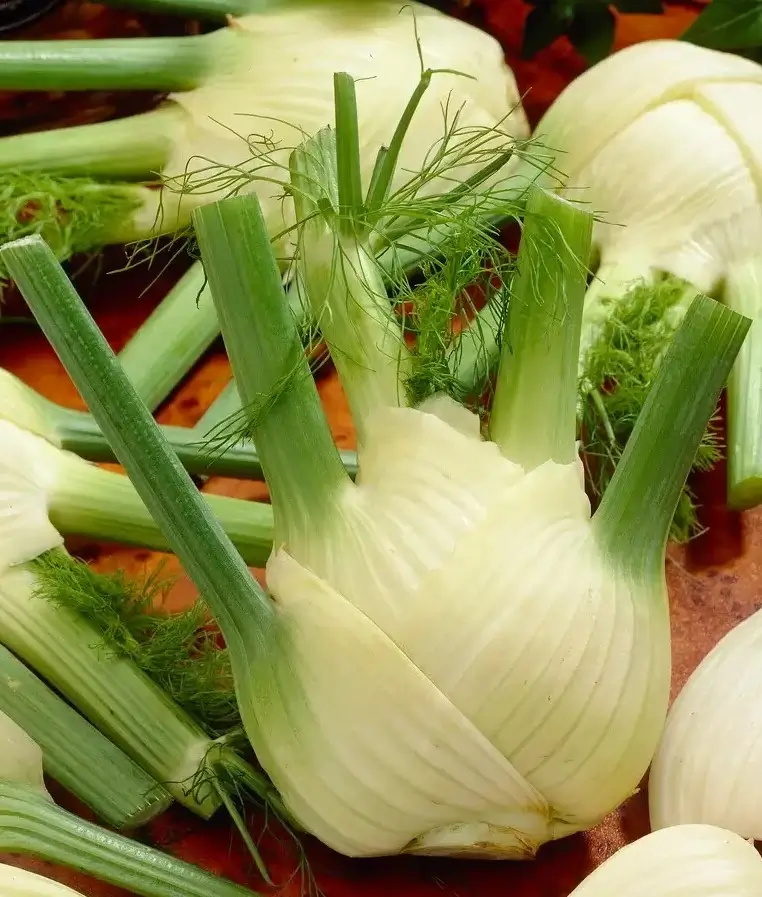

Fennel Florence, also known as Florence fennel or finocchio, has a sharp taste and is aromatic. This herb is also valued for its crisp white bulb which can be eaten. A species of Apiaceae, coriander is characterized by its soft, sweet anise-like flavor that adds depth to countless dishes. From Mediterranean cuisine, this has been a quintessential ingredient for almost centuries, revered for its crispy bite and aromatic scent.
When growing one of the best tasting summer bulbs this year, don't forget that Florence fennel is also an ornamental plant, its feathery leaves topped by tall flower stalks. Whether raw in salads, roasted with vegetables, or to enhance broths and stocks — it brings beauty as well as functionality.
| Scientific Name | Foeniculum vulgare var. azoricum |
| Common Names | Florence fennel, Fennel Florence, Finocchio |
| Family | Apiaceae (carrot family) |
| Edible Part | Bulb is the swollen stem base |
| Pollinator Value | Flowers attract bees and butterflies |

September 25, 2025
9 minute read
September 24, 2025
9 minute read
September 23, 2025
10 minute read
September 22, 2025
9 minute read


Join as a seller and connect with thousands of B2B buyers nationwide!
Sign Up
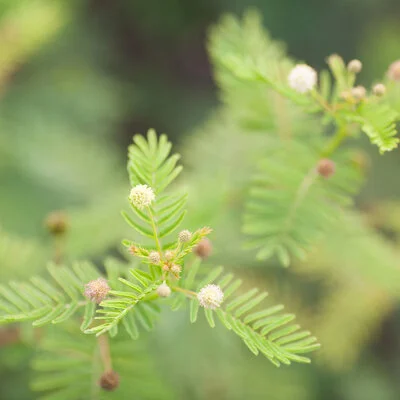
Illinois Bundleflower
The Illinois Bundleflower is a homegrown annual plant that can grow in rough conditions. It provides a diversity of ecological and practical advantages.It fits the mild climate, but is admired because of its ability to survive in even poor soils.
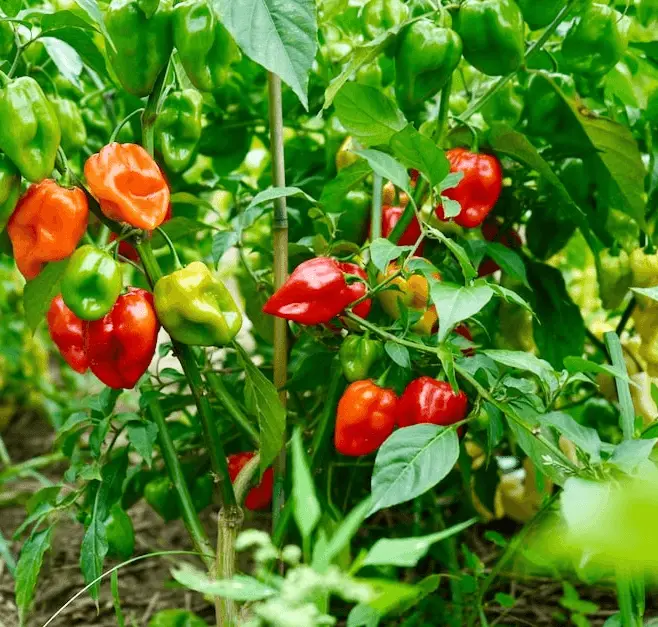
Habanero Pepper
The Habanero pepper is a famous chili pepper worldwide and is known for its intense flavor. It is a favorite among pepper enthusiasts. These peppers are famous for their extremely hot and fruity flavor.
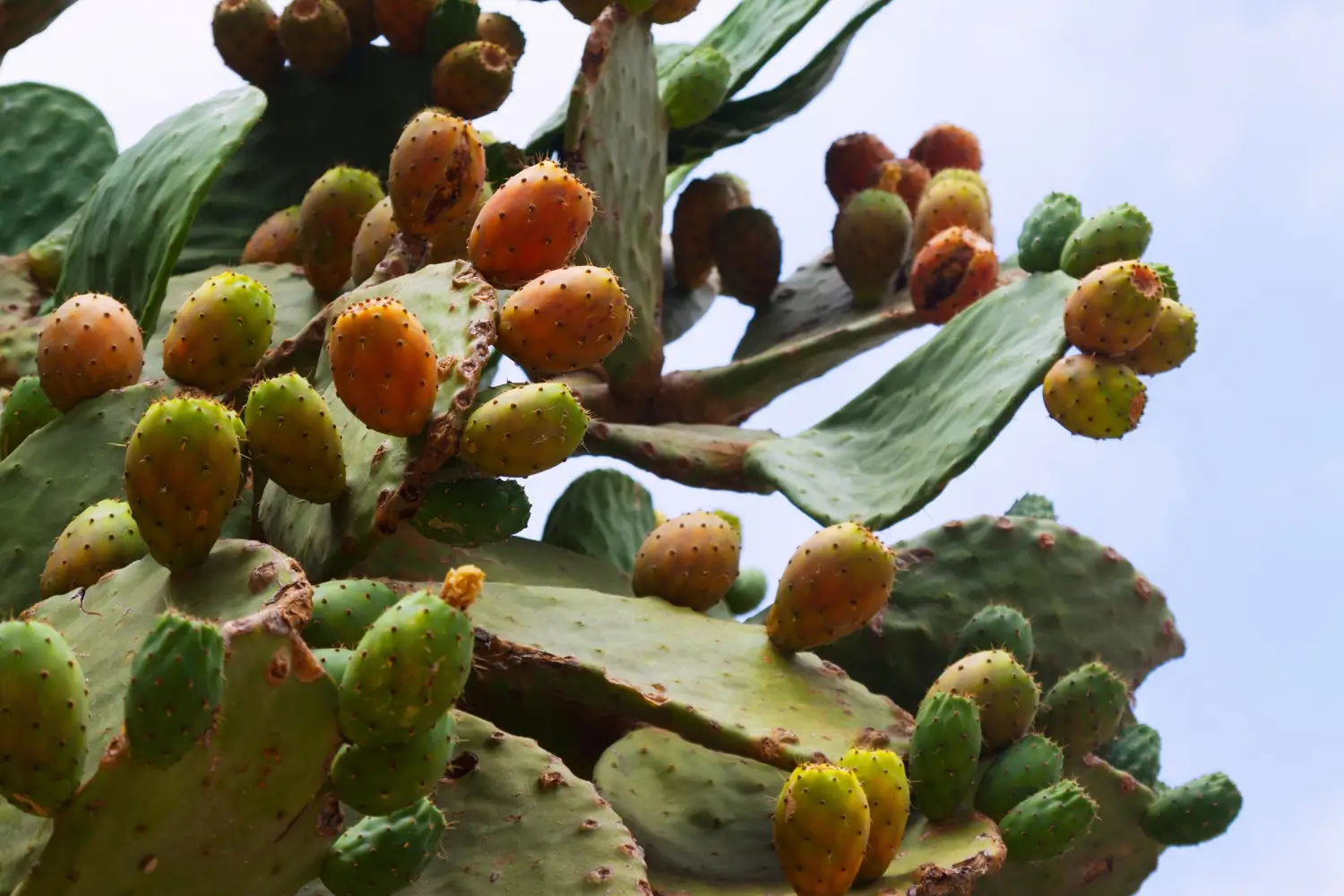
Cactus Prickly Pear
Cactus Prickly Pear is a species of Cactus, and it's a rather unique and versatile type of succulent.
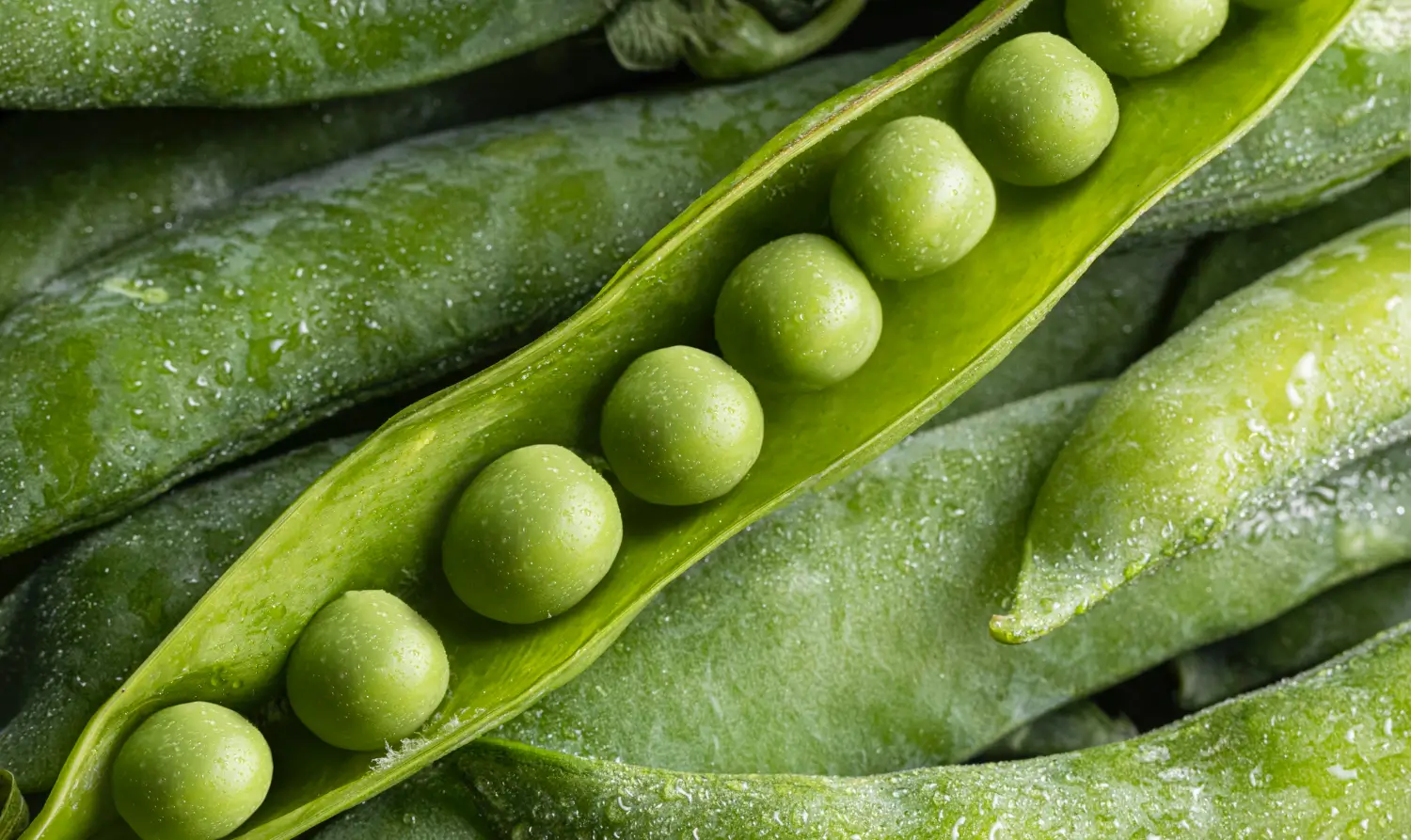
Garden Peas
Garden peas (Pisum sativum) have been a staple in gardens as well as in kitchens for years. They taste sweet and are soft.
Florence fennel is an important vegetable in various culinary applications throughout European cooking, especially Italian and French. Fennel leaves have been prized in the world of herbal medicine traditions.
Florence fennel is one of the most versatile of all veggies since its bulbs, fronds, and seeds are all edible. Salads, grilled dishes and fish recipes are usually the most common dishes. They are commonly used in bread, sausages or spice blends as well.
Unlike common fennel, Florence fennel is cultivated for its thick, swollen bulb rather than its leaves or seeds. It also has a milder flavor, making it more versatile in recipes. Gardeners often choose it for its culinary quality rather than purely ornamental purposes.
In ancient Rome, fennel was seen as a symbol of courage and strength, and gladiators reportedly ate it to boost stamina before battles. Today, Florence fennel is still valued worldwide, not only for its crisp, flavorful bulbs and aromatic fronds but also for its traditional medicinal uses and digestive benefits.
It grows 2–3 feet tall with a bulb 3–4 inches across. The plant loves full sun and has an aromatic foliage. This garden weed has hollow stems and delicate leaves; its singular appearance makes it easy to identify in a vegetable patch.
Florence fennel is both a kitchen favorite and a medicinal herb. Bulbs are consumed raw or cooked, fronds used as herbs, and seeds collected for seasoning. Its natural oils are also used in herbal remedies and teas.
For those looking to start, our Herb Seeds selection offers quality fennel and other seed-options.
The plant is cool-weather, and thrives in soil that is rich and well-drained. The plant, a full sun lover, needs regular water to make tender bulbs. The plant will bolt early in the season for extreme heat.
Want tips for maintaining herbs in less than ideal climates? Check Growing herbs year-round for guidance.
Florence fennel is quite hardy and pest-resistant, though prone to the same pests as other umbellifers, like aphids and whiteflies. They are prone to fungal problems if grown in too much wetness. A lot of problems can be avoided with healthy soil and proper spacing.
Fennel seeds are small, ridged, and oval-shaped, with a distinctive aroma. Each seed contains essential oils that contribute to its flavor and medicinal qualities.
Fennel seed germination is optimal in a warm, somewhat damp environment. The plant does not transplant well and is best sown directly into the garden.
If kept in the right conditions, Florence fennel seeds can remain viable for up to three years. Fresh seeds germinate best.
Florence fennel is typically grown from seed, either sown directly in the garden or in biodegradable pots. Proper spacing is important to allow bulbs to develop fully.
For best results, plant fennel in full sun and fertile soil. Avoid planting near dill or coriander to prevent cross-pollination.
Learn more in Top Companion Plants for a Thriving Garden.
Florence fennel has moderate resistance to many common plant diseases but benefits from crop rotation to avoid soil-borne issues.
Florence fennel bulbs take 80–100 days from sowing to full maturity. For the best taste, you should harvest your bulbs when they reach a tennis ball size.
The bulbs of Florence fennel are best stored in cool, humid conditions. Fronds are used fresh, while seeds are dried and stored for a long time.
As an attractive ornamental and functional edible, fennel is a dual purpose plant you want in your garden! Given attention, it yields a steady crop of tasty bulbs, fragrant fronds, and essential seeds. It is so versatile that it is loved by many gardeners and cooks.
Yes, but use a large pot deep enough to encourage bulb production.
To prevent fennel from bolting, plant it in cooler seasons, keep the soil consistently moist, and avoid letting the plants get stressed by heat or drought.
Yes, fennel flowers are edible and can be used as a garnish or seasoning.

Soil Health & Fertilization
Victor Miller

Pest Identification & Prevention
Victor Miller

Lawn Care Tips & Maintenance
Victor Miller

Soil Health & Fertilization
Victor Miller

Smart Irrigation Systems
Victor Miller

Patios, Walkways & Driveways
Victor Miller

Soil Health & Fertilization
Victor Miller

Pest Identification & Prevention
Victor Miller
My Account
Our team is always here to help.
We are open Monday - Friday, 9:00 AM to 4:30 PM PST.